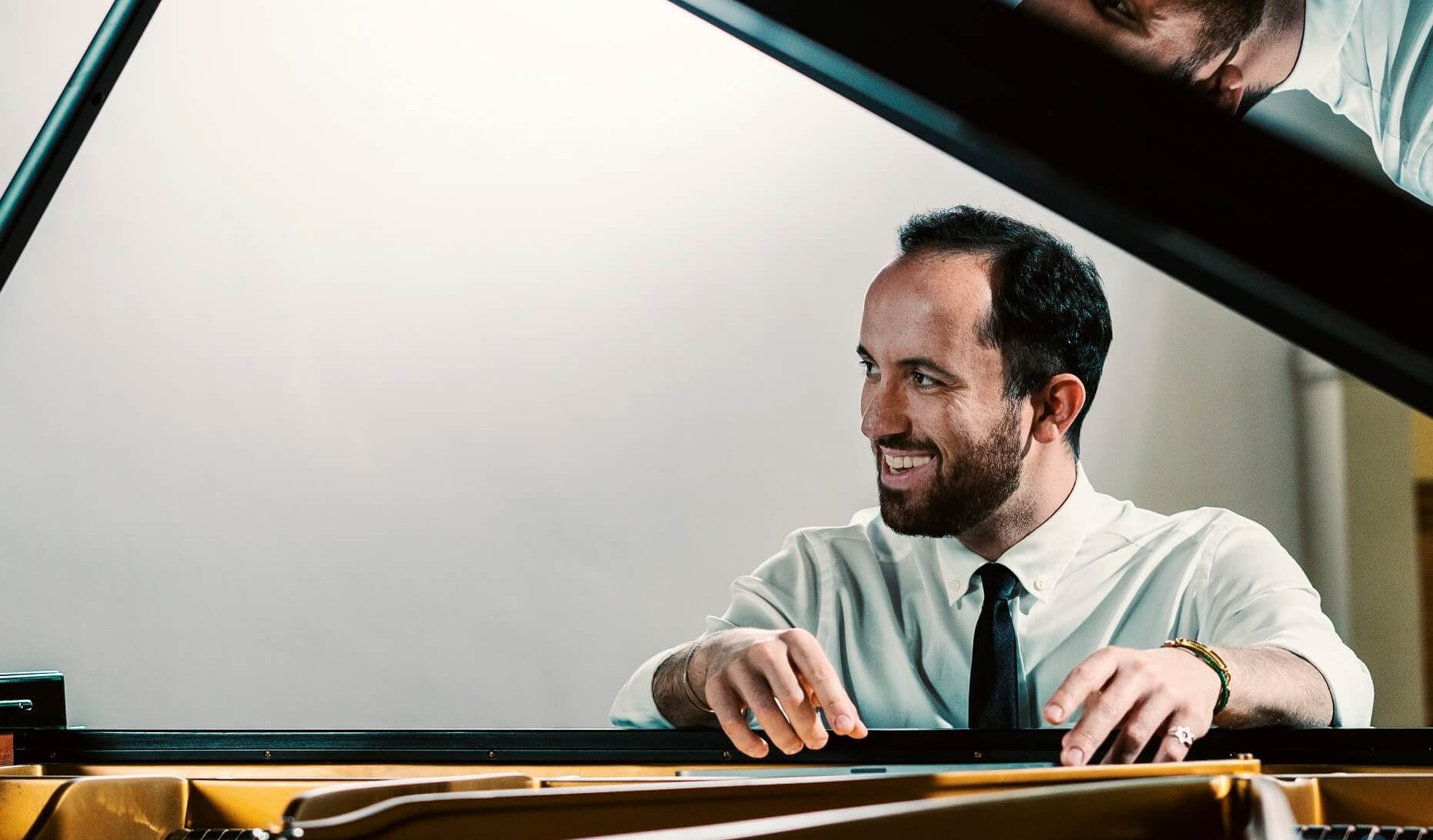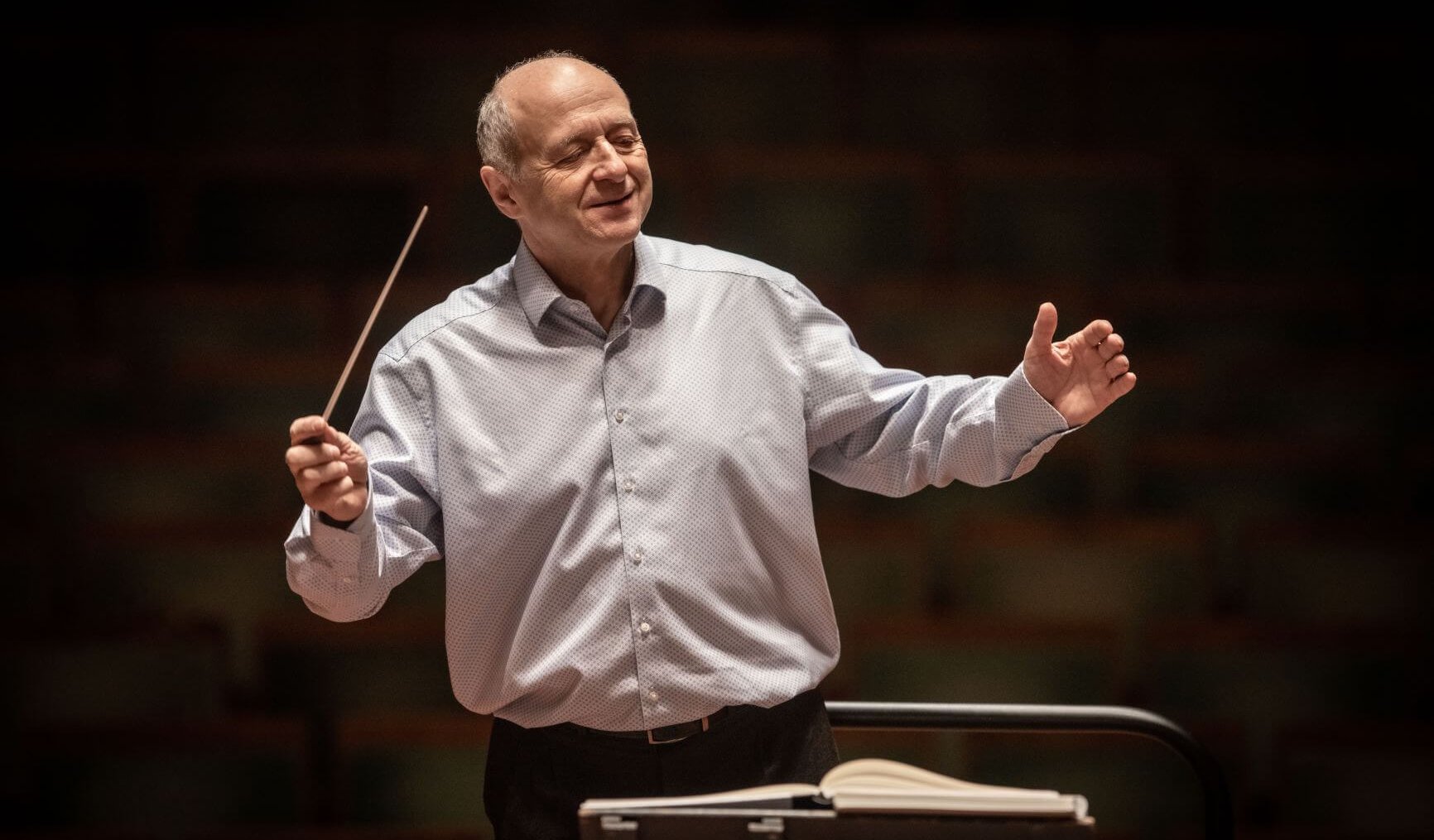

Program
Featuring
Other information
The event is about 2.5 hours long.
About the event
“Igor Levit is like no other pianist,” The New Yorker has said. It’s a fact: there are few performers out there who would play a total of three Prokofiev concertos on two consecutive days, and then two more at a third concert. The New York Times as “one of the essential artists of his generation,” Levit this time will play the solo in the composer’s most famous and also most traditional piano concerto, the three-movement No. 3, followed by the No. 4. No. 4 is one that not even the man commissioning the piece was willing to tackle. Even today, it is seldom performed. Full of deep emotions and coupled with passion, the virtuoso challenge is framed by an opera suite and a symphony. It was Prokofiev himself who turned his satirical opera The Love for Three Oranges into a six-movement orchestral excerpt, just as it was he himself who gave his first symphony the telling title “Classical.”
The melancholic prince laughs at the wicked witch who trips over her own foot; the witch then casts a curse on him: he must find three giant oranges which hide beautiful girls. But only the third one stays alive, and the prince eventually marries her. That is the plot of The Love for Three Oranges in short. The 1924 suite includes a prologue showcasing the characters, portrayed by instruments; a shadowy game of cards; the infamous “mistuned” march; a scherzo; a romantic intermezzo; and finally the comic closing scene.
No musical idea is ever lost, it is only transformed – we might say of Prokofiev’s Piano Concerto No. 3. The composer always jotted down fragments of melodies and thoughts which he did not use in the end. It was from some of his notes produced between 1911 and 1918, and new parts composed in 1921, that Piano Concerto No. 3 was born. It is the only one of his five works in the genre which follows the traditional format of three movements, fast-slow-fast. The movements are nearly identical in length, and are thematically balanced, while also including the wry style and breathtaking arrangement their composer is known for. Following a dynamic opening movement, a variation theme of five versions follows, concluding with bright accords in a finale challenging for the pianist.
The Austrian pianist Paul Wittgenstein, who lost his right arm in World War 1 and had also commissioned Ravel’s famous left-hand piano concerto, requested Prokofiev to compose a piece for him. The piece is flanked by two versions of the same rondo. While the first movement exudes both cheerfulness and nervousness, the finale represents a dull presentation of the same melody, followed by its recurrence as an angry trample and then a modest loftiness. Between the two are the slow movement evoking the romance of Romeo and Juliet and a moderato hesitating between ominousness and lightness.
A few years after Stravinsky’s The Rite of Spring and his own Piano Concerto No. 2, Prokofiev surprised his audience with a “classical” symphony. “It seemed to me that had Haydn lived in our times he would have retained his own style while accepting something of the new at the same time. That was the kind of symphony I wanted to write,” the composer said, who in many ways kept true to tradition. He composed a work of four movements in a typical arrangements, with a sparing musical fabric and reserved instrumentation. Its light humor does evoke Haydn, but it also displays its own dissonant musical language.
Did you know? Prokofiev’s Suite premiered in Paris on November 29, 1925, with Philippe Gaubert conducting; his Piano Concerto No. 3 premiered in Chicago on December 16, 1921, with the composer performing the solo and Frederick Stock conducting; Piano Concerto No. 4 was composed in 1931 (but premiered only on September 5, 1956, in West Berlin, with Siegfried Rapp’s solo and Martin Rich conducting); Symphony No. 1 premiered in Petrograd (today’s Saint Petersburg) on April 21, 1918, with the composer conducting; the Budapest Festival Orchestra most recently performed the Suite on March 24, 2001 (conductor: Iván Fischer); the orchestra most recently performed Piano Concerto No. 2 on February 28, 2016 (soloist: Nikolai Lugansky, conductor: Gábor Takács-Nagy); the orchestra performed Symphony No. 1 most recently on December 26, 2017 (conductor Iván Fischer); this will be the orchestra’s first performance of Piano Concerto No. 4.
Contemporary events: The poem collection That’s Not Me Shouting by Attila József was published in 1925 / Adolf Hitler reestablished the National Socialist German Workers’ Party on February 27, 1925 / Danish composer Carl Nielsen’s Symphony No. 6 premiered in Copenhagen on December 11, 1925 / Czech composer Leoš Janáček’s opera Káťa Kabanová premiered in Brno on November 23, 1921 / Austrian philosopher Ludwig Wittgenstein published his work Tractatus logico-philosophicus in 1921 / Norwegian painter Edvard Munch painted his picture Model by the Wicker Chair in 1921 / Pope Pius XI issued his encyclical beginning with “Quadragesimo anno” in 1931 / Belgian painter René Magritte painted his depiction The Voice of Space in 1931 / English author Virginia Woolf published her novel Waves in 1931 / Soviet Russia signed the Treaty of Brest-Litovsk with the German Empire, Austria-Hungary, Bulgaria and the Ottoman Empire on March 3, 1918 / German painter George Grosz painted his depiction Funeral in 1918 / Béla Bartók’s opera Bluebeard’s Castle premiered in Budapest on May 24, 1918